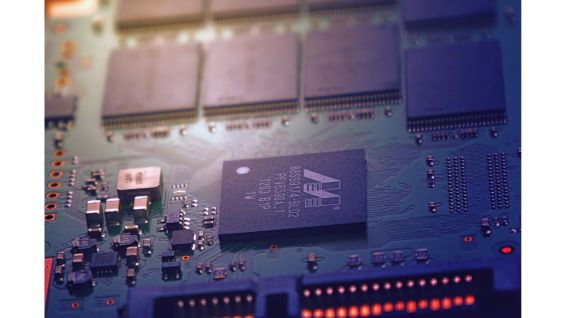Panoramic analysis of AI software demand industry

90% of the software currently developed has AI functionality, whether it's basic AI chatbots or AI intelligent grading software. Today we will analyze and share the industry panorama of the demand for AI software!
1、 Industrial manufacturing field
The industrial sector is undergoing an AI driven intelligent transformation, with leading enterprises achieving efficiency leaps by deploying tools such as supply chain control towers and industrial large-scale models. Lenovo's "supply chain control tower" intelligent agent reduces decision-making time by 50% -60%, Huawei FusionPlant 3.0 platform builds an "AI Agent+intelligent hardware" ecosystem, and Baidu Wenxin large model covers 50% of intelligent manufacturing scenarios of central enterprises. Typical applications include equipment predictive maintenance (tree root interconnection platform improves equipment utilization by 28%), production scheduling optimization (dynamic optimization algorithm reduces inventory turnover by 35%), quality inspection (visual system false detection rate<0.1%), etc.
2、 Medical and health industry
The penetration rate of AI in the entire medical chain has reached 63%, forming three core application scenarios: imaging diagnosis (98.5% sensitivity for lung nodule detection), drug development (AlphaFold2 shortens protein structure prediction time to the hour level), and personalized treatment (genome analysis improves tumor protocol matching rate by 63%). The AI system of Wuhan Union Medical College Hospital processes 4000 CT images per day, and Pfizer uses AI to compress the clinical trial cycle of new drugs by 40%. The intelligent insulin pump has increased the blood glucose compliance rate by 55%, and the AI assistant "Ankian'er" serves an average of 600000 people per month.
3、 Financial technology field
The annual growth rate of AI spending in financial institutions has reached 28%, with applications covering risk assessment (unstructured data credit assessment covers 83% of long tail customers), intelligent investment advisory (service costs reduced to 1/5 of traditional), and quantitative investment (LSTM model improves hedge fund returns by 8-12%). China Telecom's "Star Textile Intelligent Agent" achieves fabric quality inspection while weaving, with a on-time delivery rate of 99%. The intelligent risk control system deployed by Ant Group intercepts 99.3% of abnormal transactions, with AI algorithm trading accounting for over 45% of the securities industry.
4、 Education technology field
The market size of educational AI has exceeded 38 billion yuan, forming three major product forms: adaptive learning system (Xueersi improves knowledge point mastery speed by 41%), virtual laboratory (3D simulator reduces equipment consumption by 78%), and intelligent evaluation (consistency rate between essay grading and special grade teacher grading is 93%). The Ministry of Education has deployed digital teachers in 184 AI education bases, resulting in a translation response delay of less than 0.3 seconds for foreign language classes and an accuracy rate of 91% in identifying mathematical knowledge gaps.
5、 Smart City Construction
The penetration rate of AI in the field of urban management has reached 72%, with typical applications including: transportation intelligent agents (Ctrip's "Ask" model saves 10000 hours of manpower per day), environmental monitoring (air pollution prediction accuracy of 92%), and emergency management (disaster warning 30 minutes in advance). The AI government system deployed in Shenzhen has achieved 90% "instant approval" of tasks, and Hangzhou City Brain has reduced traffic delays by 22%. The smart water management system saves 39% of water while increasing production by 17%. Smart irrigation covers 2000 acres of farmland per day.
Insight into Industry Application Trends
Deepening technological integration: The combination of "AI+digital twins" has emerged in the industrial field, and a new paradigm of "AI+gene editing" has been developed in the medical field. Technological cross cutting has brought innovative breakthroughs.
Scenario depth expansion: From single point efficiency tools to full process penetration, the manufacturing industry extends from equipment prediction and maintenance to supply chain collaborative optimization.
Compliance requirements upgrade: AI ethical review mechanisms will be established in fields such as finance and healthcare, and investment in data privacy protection will increase by 35%.
Edge computing popularity: 72% of industrial AI applications deploy edge nodes, and the end-to-end reasoning delay is reduced to less than 15ms.
The current AI software market presents a three-level ecological structure of "foundation layer platform layer application layer", with top enterprises building a developer ecosystem through open APIs. It is recommended that enterprises focus on three major directions: industry knowledge graph construction, human-machine collaborative workflow design, and AI computing cost optimization. With breakthroughs in big model technology, it is expected that 50% of enterprises will achieve AI native reconstruction of core business processes by 2026.
Let’s start
If you have any questions, email us Jennifer@miracloud.cc








